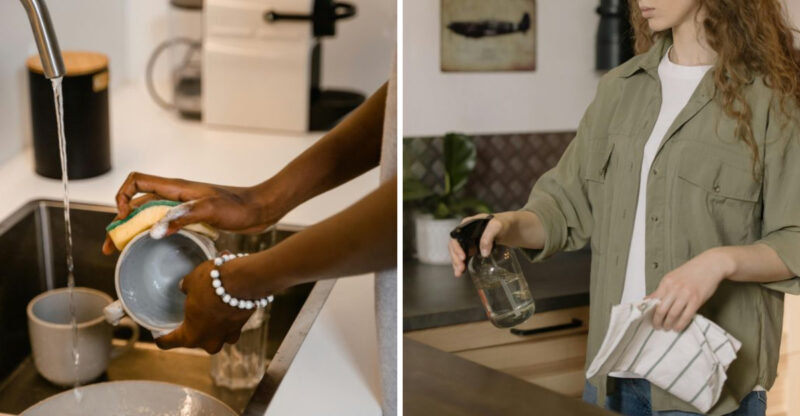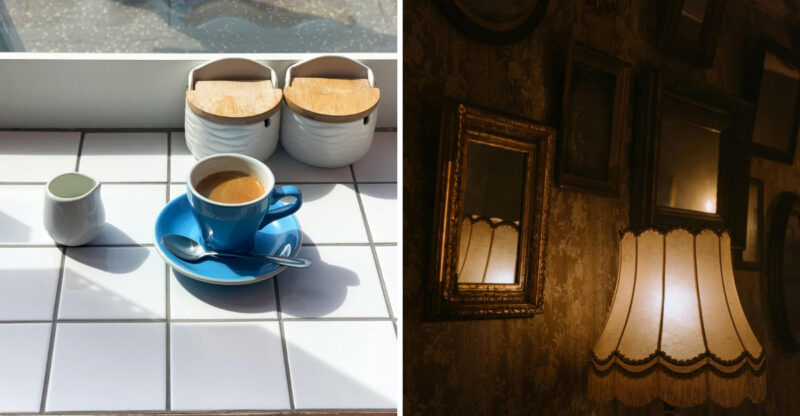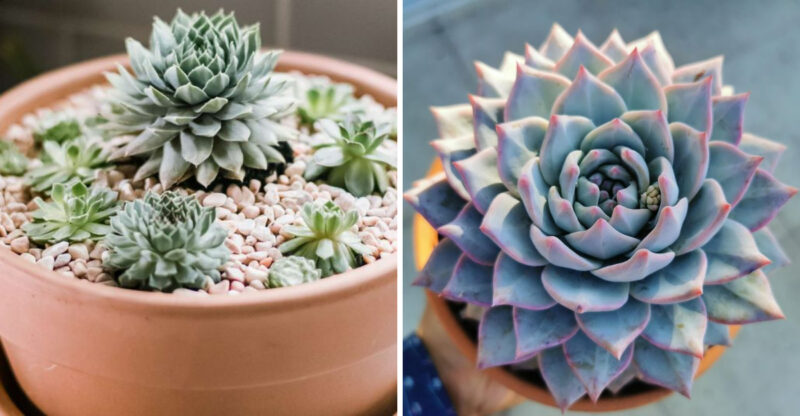15 Simple Decluttering Ideas For Every Room
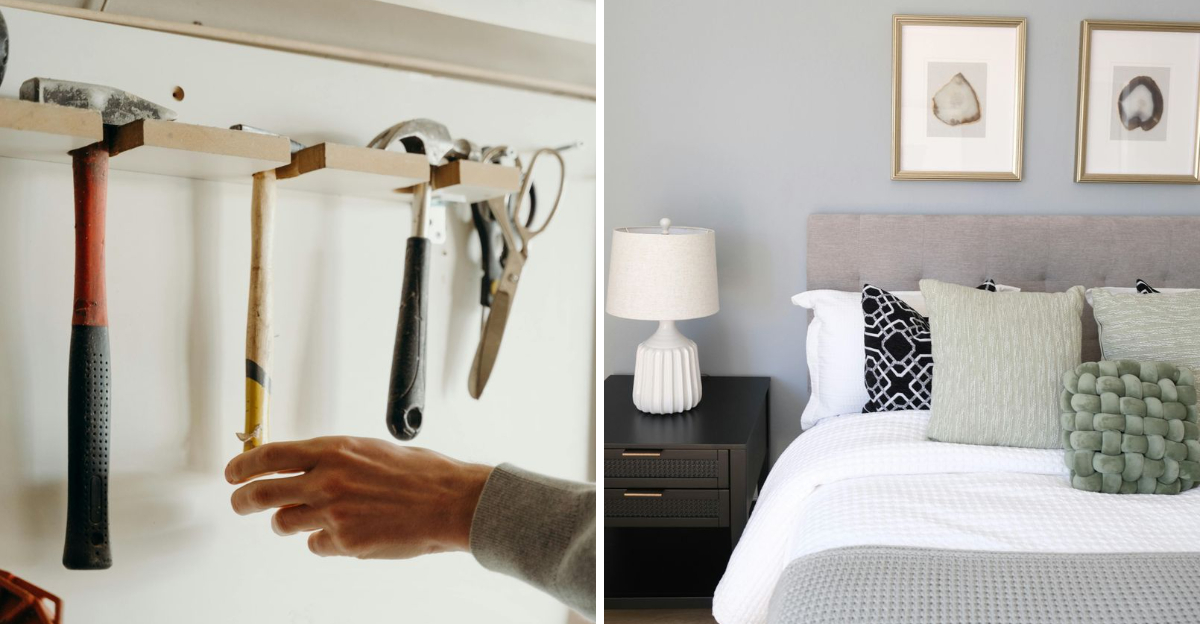
Is your home drowning in stuff? Clutter builds up over time, making our living spaces feel cramped and chaotic. A tidy home helps create a peaceful mind and more functional living areas.
With these simple decluttering ideas, you can transform your space from overwhelming to organized without breaking a sweat.
The tips in this article are for general guidance and may not suit every home or situation.
1. One-In, One-Out Rule
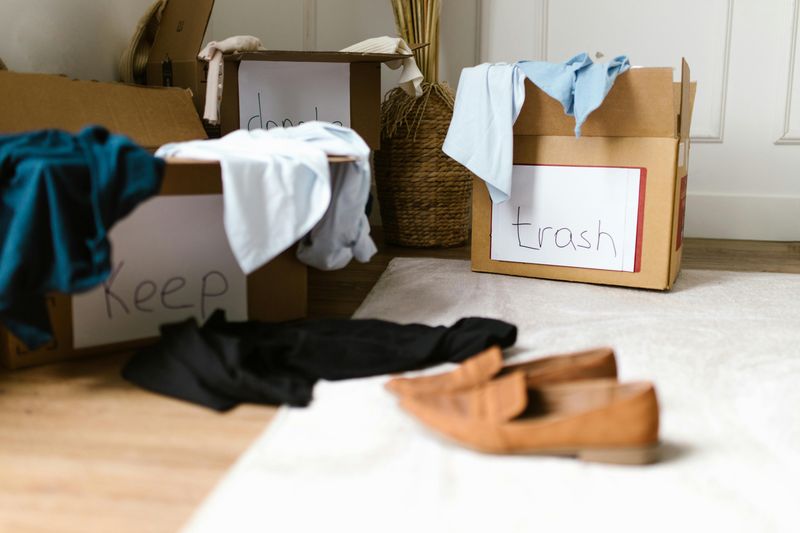
Adopt this golden rule of organization to keep your belongings in check. For every new item you bring home, remove one similar item from your collection.
This creates a natural balance and prevents accumulation over time. Your closets, drawers, and shelves will maintain a consistent volume rather than slowly expanding until they burst at the seams.
2. Five-Minute Daily Pickup
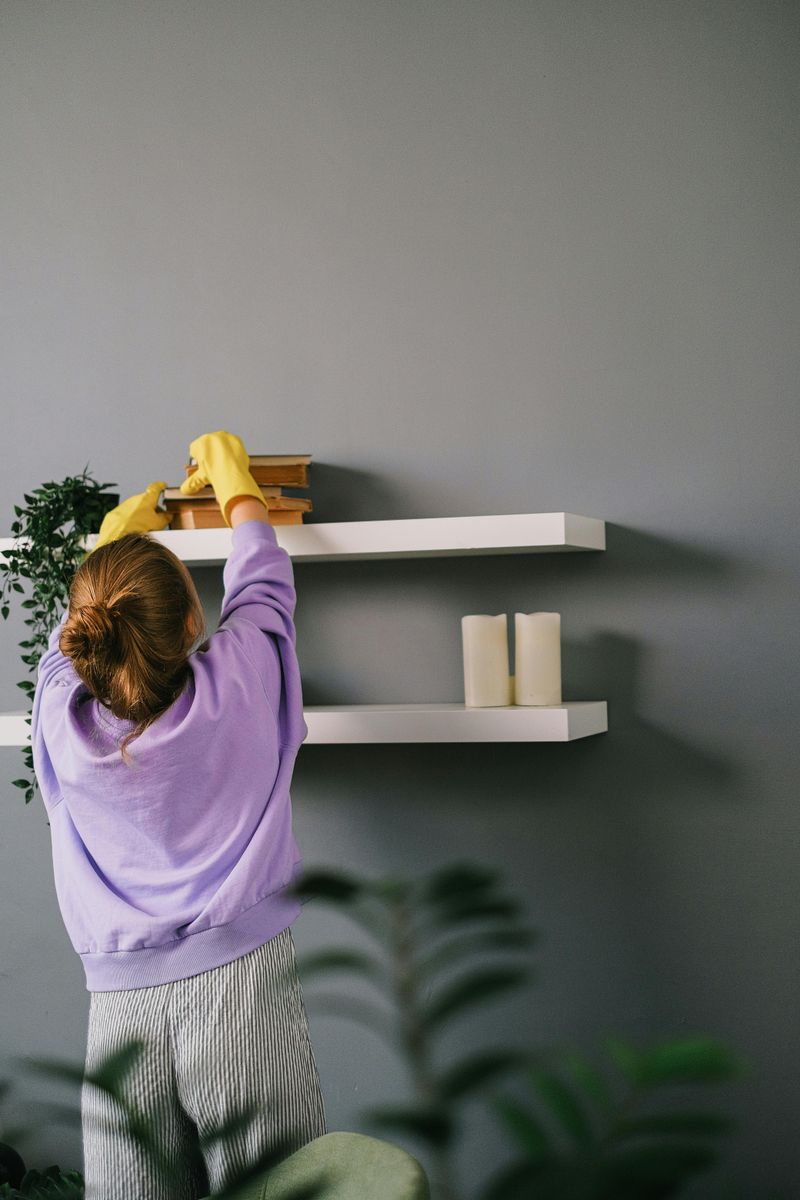
Set a timer for just five minutes each day to tidy up. You’d be amazed at how much you can accomplish in this short burst of focused energy. Grab a basket and move quickly through your main living areas.
Return items to their proper homes, toss obvious trash, and straighten cushions or throws. This small daily habit prevents clutter from accumulating and becoming overwhelming.
3. Empty Flat Surfaces First
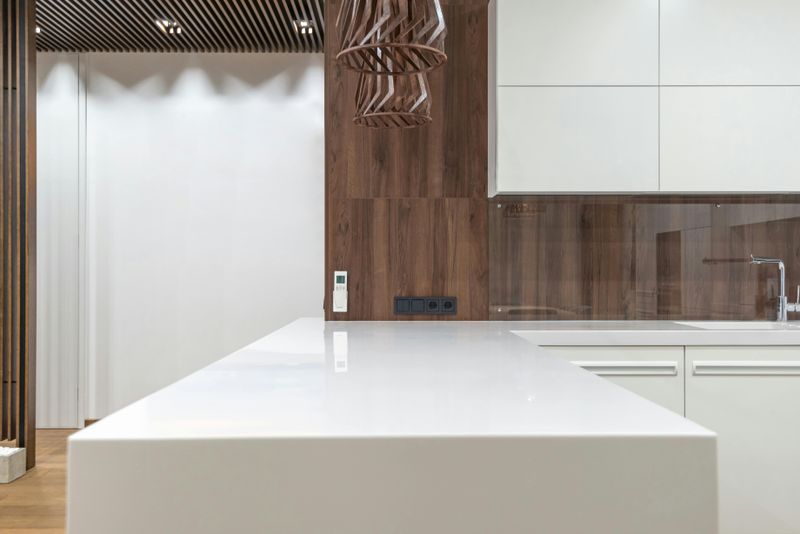
Tables, countertops, and dressers act like magnets for random items. Start your decluttering journey by clearing these horizontal surfaces completely. Once empty, carefully decide what deserves to return.
Most items probably have better homes elsewhere. For things that must stay, use attractive containers or trays to corral them neatly. Your room will instantly appear more spacious and organized.
4. Box And Label Method
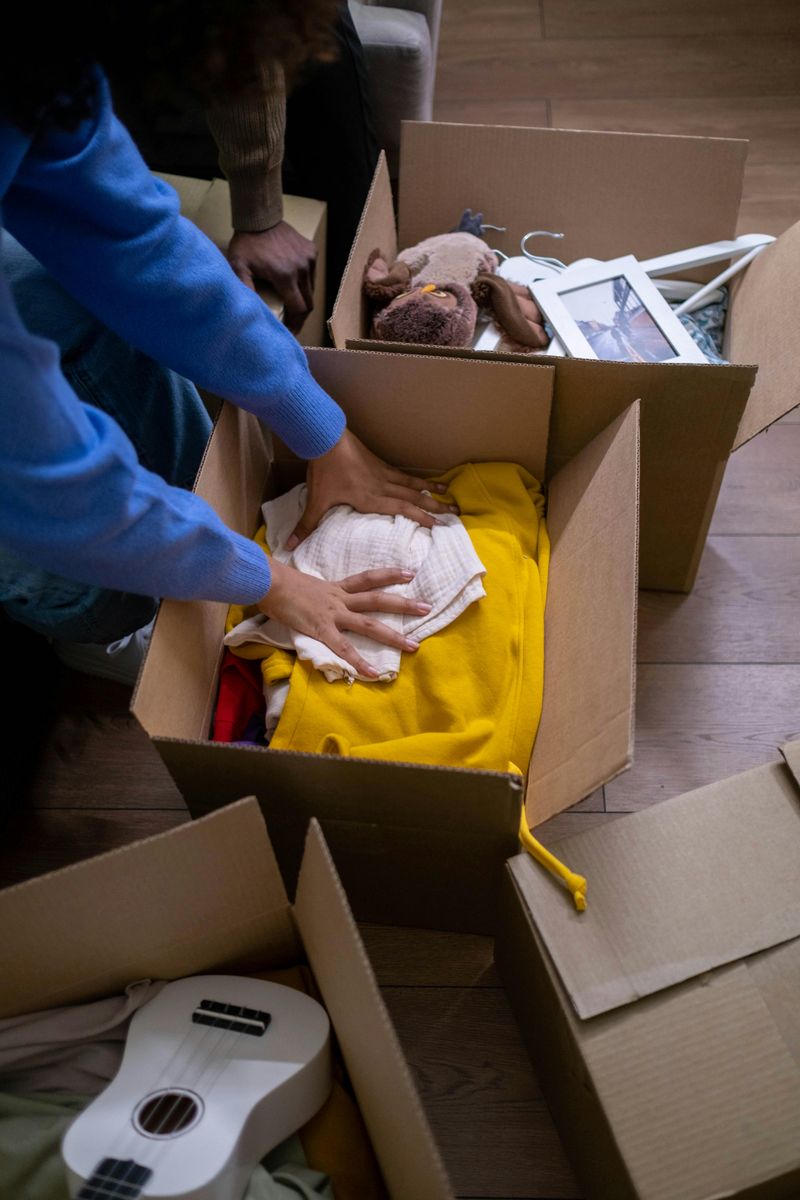
Struggling to let go? Pack questionable items into labeled boxes with the current date. Store them out of sight for six months. If you haven’t opened a box to retrieve something during that time, you likely don’t need its contents.
This creates emotional distance and makes the final decision easier. You can donate these unopened boxes without the guilt of wondering if you’ll miss something.
5. Doorway Declutter Scan
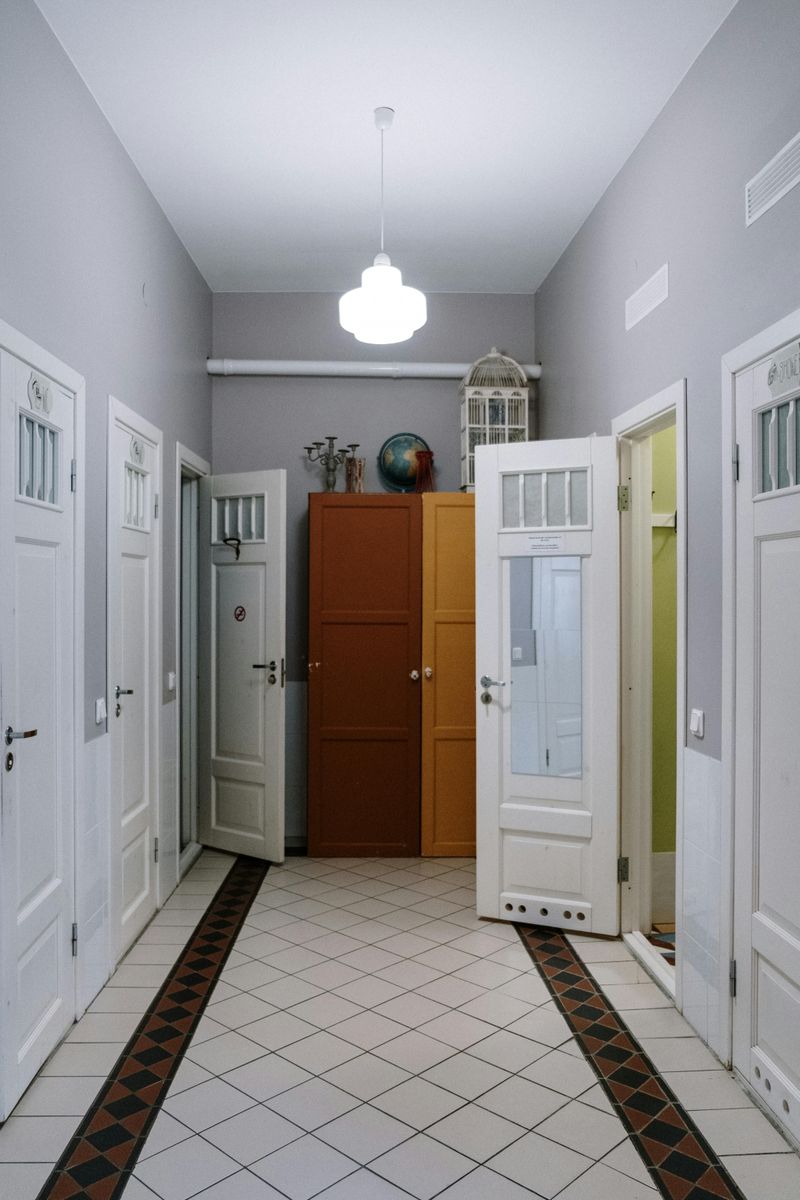
Stand in the doorway of any room and observe what catches your eye first. These visual disruptions are usually clutter hotspots that need immediate attention. Our eyes naturally notice what’s out of place.
Take a photo from this perspective to see your space more objectively. You’ll spot the piles, misplaced items, and unnecessary objects that visitors notice but you’ve become blind to over time.
6. Four-Box Sorting System
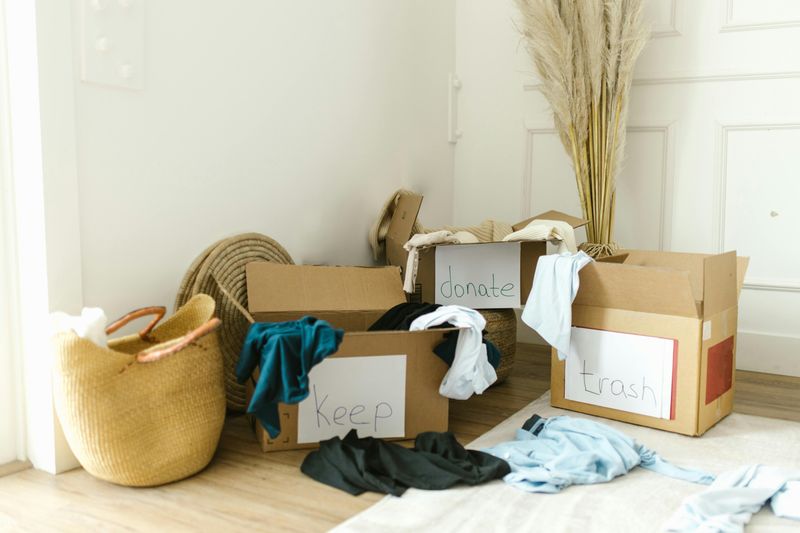
Grab four boxes and label them: Keep, Donate, Trash, and Relocate. This simple system makes decisions clear-cut as you work through a space. The ‘Relocate’ box is especially helpful for items that belong elsewhere in your home.
Fill it as you go, then take a single trip to return everything to its proper place. This prevents the common decluttering mistake of creating new messes while fixing others.
7. Bathroom Product Audit
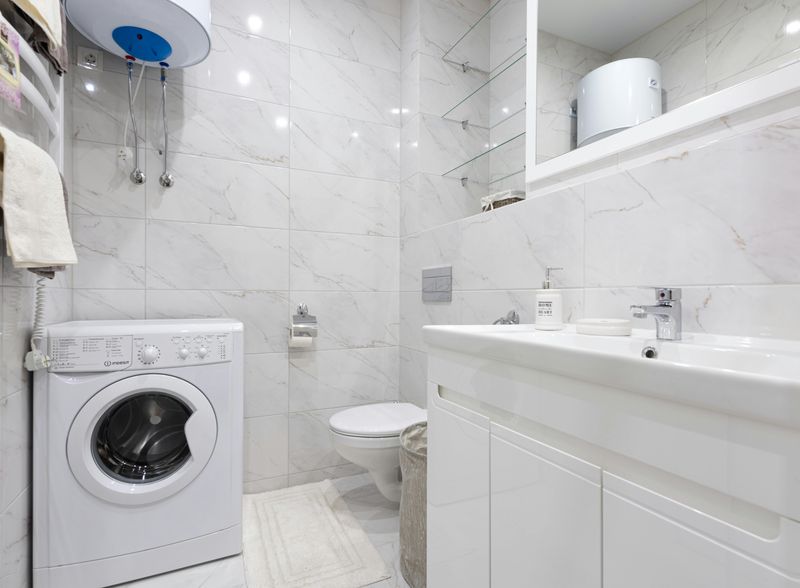
Bathrooms accumulate half-empty bottles and expired products quickly. Empty your cabinets and evaluate each item honestly. Combine duplicate products, toss anything expired, and arrange remaining items by frequency of use.
Consider using clear bins to keep categories separate. Most people discover they only regularly use about 20% of their bathroom products-the rest is just creating clutter.
8. Cord And Cable Control
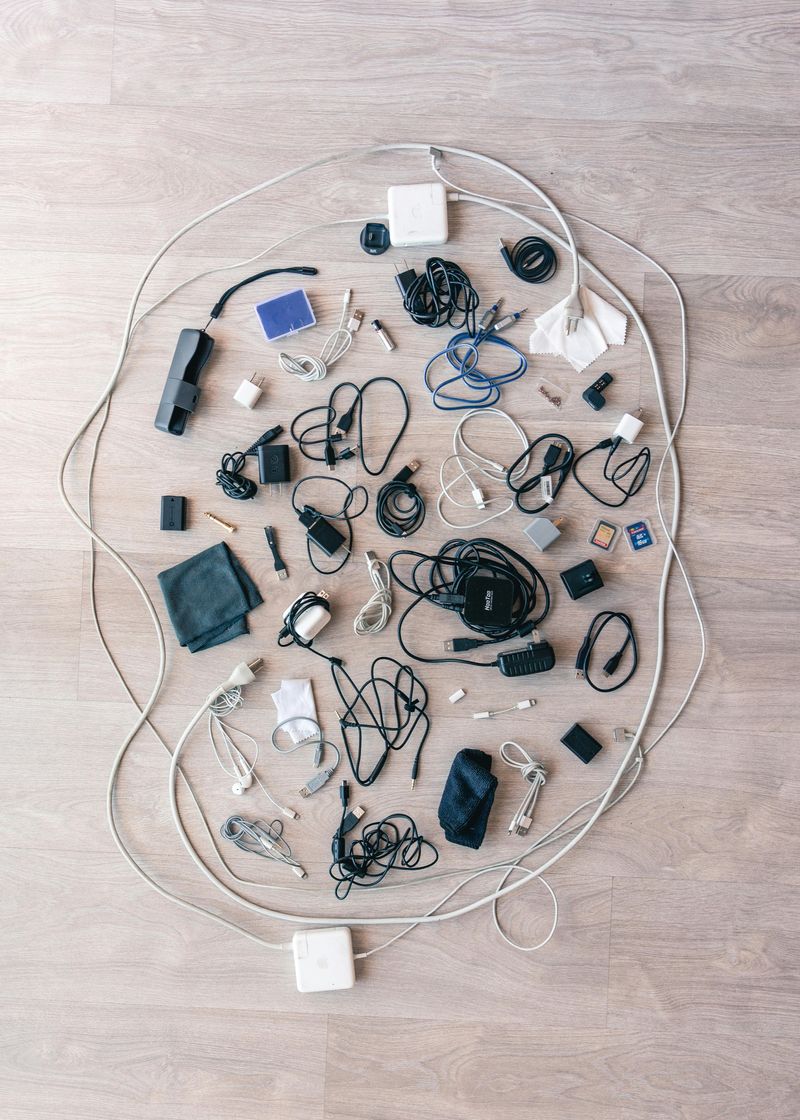
Tangled electronic cords create visual chaos and make cleaning difficult. Use labeled zip ties or velcro straps to bundle related cords together neatly. Consider cord boxes to hide power strips and adapters.
For rarely-used electronics, wrap cords with toilet paper tubes or labeled bags for storage. This simple organization prevents the frustration of hunting through “cord spaghetti” when setting up devices.
9. Refrigerator Reset Routine
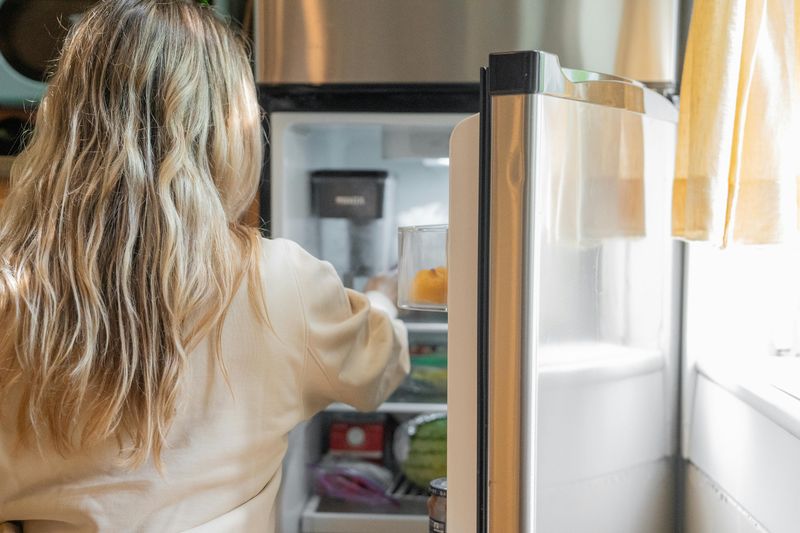
Schedule a weekly fridge clean-out before grocery shopping. Remove everything, wipe shelves, and check expiration dates before returning items. Group similar foods together and place newer items behind older ones.
This regular reset prevents food waste and makes cooking more efficient. You’ll also avoid the common problem of buying duplicates because you couldn’t see what you already had.
10. Kids’ Toy Rotation System
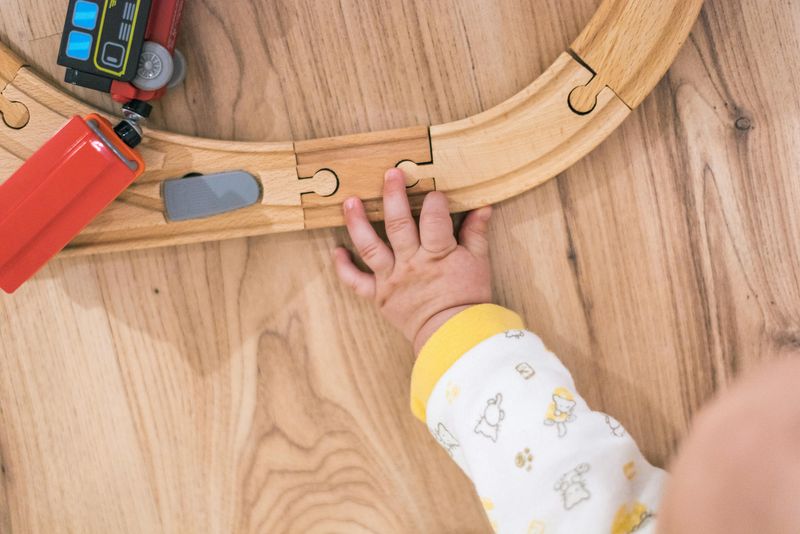
Children’s rooms stay tidier when you limit available toys. Store roughly 2/3 of their toys out of sight and rotate them every few weeks. Kids play more creatively with fewer options and appreciate their toys more when they’re not overwhelmed by choices.
This system also makes cleanup faster and teaches children to value quality over quantity. Parents report fewer requests for new toys when using this method.
11. Entryway Drop Zone
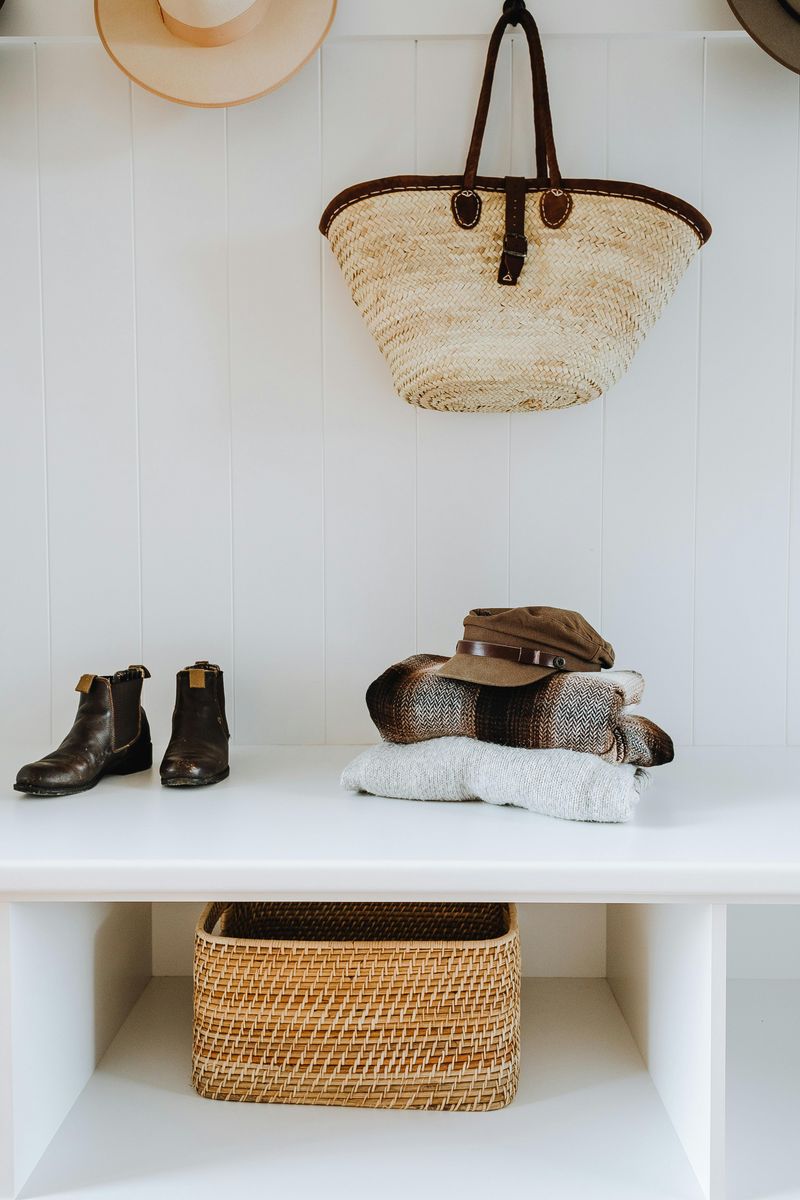
Create a dedicated landing spot near your main entrance for everyday items. Include hooks for coats, a shoe rack, and baskets for gloves and accessories.
Add a small bench if space allows. This zone catches potential clutter before it infiltrates your home. Family members can grab what they need on their way out without hunting through the house, saving time and preventing frustration.
12. Laundry Room Efficiency Zone
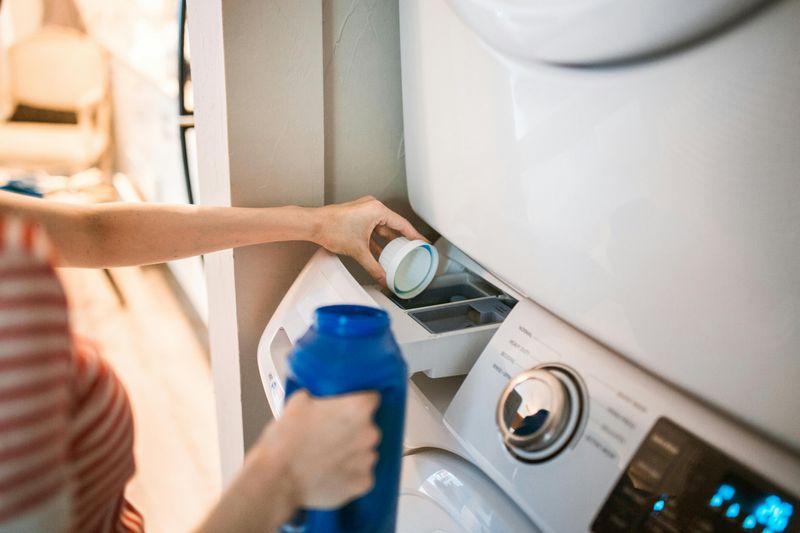
Streamline your laundry area by keeping only essential supplies visible and accessible. Mount a small shelf for detergent and stain removers used daily.
Store specialty products in labeled containers on higher shelves. Add a small basket for collecting items found in pockets. A simple hanging rod for air-drying delicates completes this functional space without allowing clutter to accumulate.
13. Under-Bed Storage Strategy
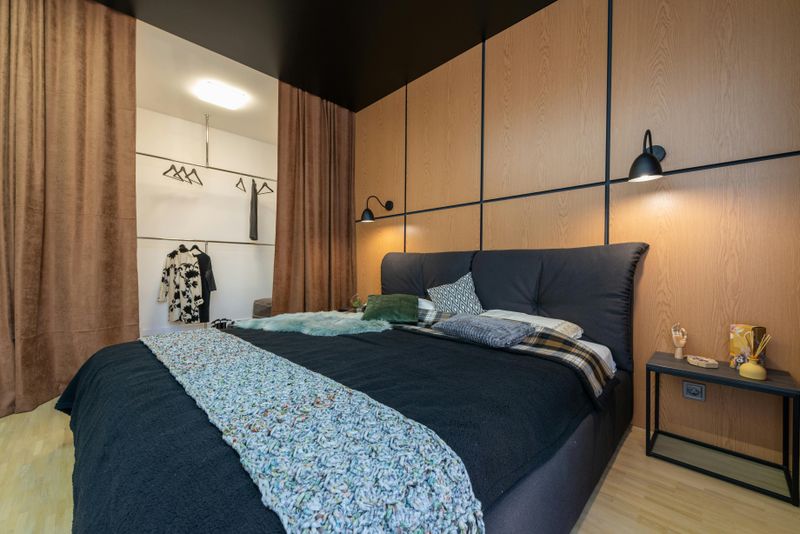
The space under your bed is valuable real estate, but it shouldn’t become a catch-all for random items. Use matching, flat containers with lids and labels.
Reserve this area for seasonal items like winter clothes or holiday decorations. The out-of-sight location makes it perfect for things you need but don’t use daily. Vacuum-sealed bags can double your storage capacity while protecting contents from dust.
14. Garage Zone Mapping
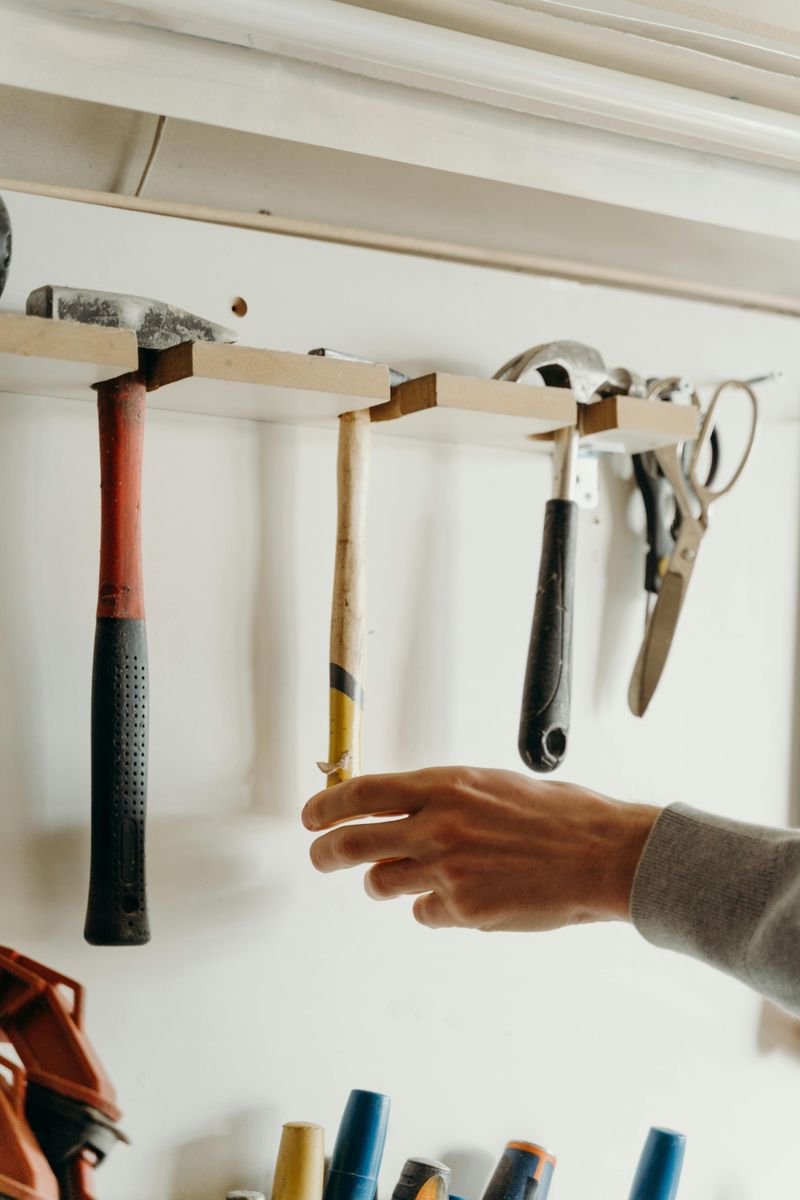
Garages often become household dumping grounds. Create clear zones for different categories: sports equipment, gardening, tools, and seasonal items. Mark these areas with tape on the floor or labeled shelving units.
The physical boundaries help maintain order. Hang frequently used items on wall hooks for easy access. This system prevents the common garage problem where you can’t find what you need when you need it.
15. Nightstand Minimalism
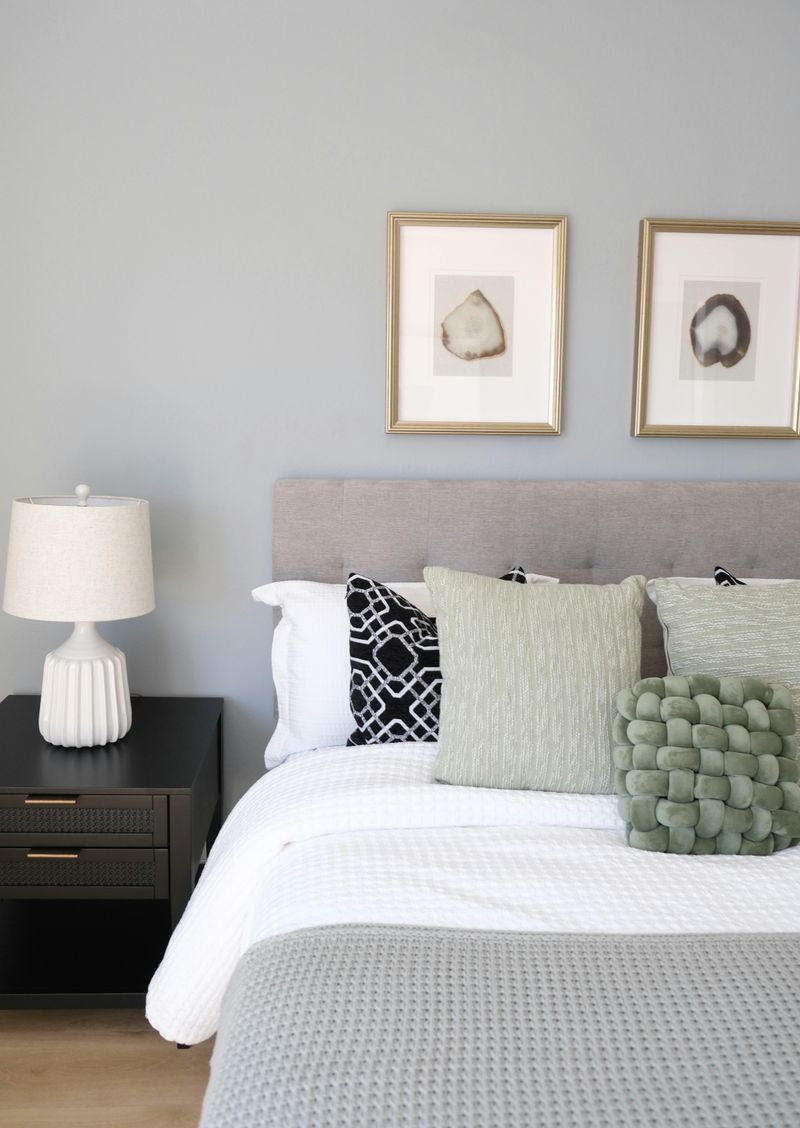
Bedside tables collect random items that disrupt sleep and create morning stress. Limit your nightstand to essentials: a lamp, clock, current book, and perhaps a small dish for jewelry.
Remove anything that doesn’t contribute to rest or your bedtime routine. Electronics should charge elsewhere if possible. This minimalist approach creates a peaceful sleep environment and prevents the “junk drawer” effect that many nightstands develop over time.

